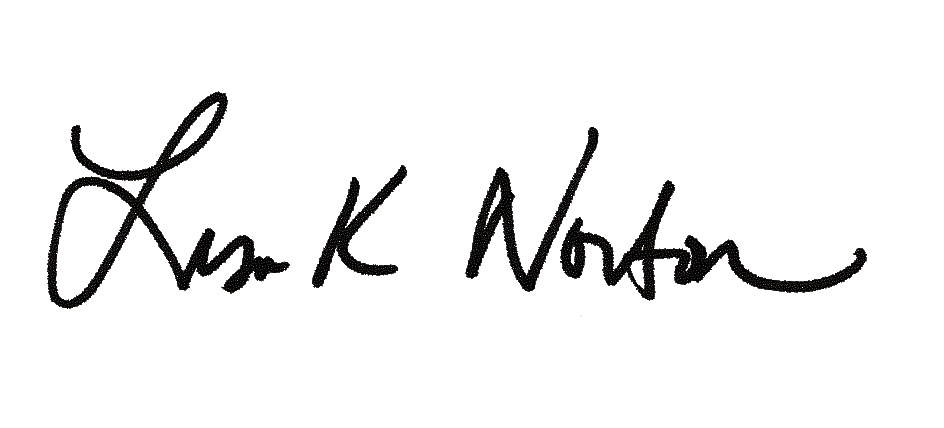Collaboration is a hot buzzword in the business world. And with good reason. Working with people who have different perspectives or areas of expertise can result in better ideas and outcomes.
We often think of collaboration as this big thing that the whole organization has to improve, but collaboration is something that happens on a smaller scale. Collaboration is about two or more people working together on shared processes to achieve a common goal. If people are working together, but have no common goals, they are cooperating, not collaborating. Cooperation is usually much more lightweight than collaboration and often has less focused goals. Cooperation is certainly not a bad thing, but collaboration just gets us one step closer to being WOWing.
So how does one achieve collaboration?
Ensure a Clear Goal Exists
To begin collaborating on something, you need a shared understanding of what you are trying to do. Without a clear and common goal, it’s difficult to do anything as a team. The goal can be as simple as a statement everyone agrees on. I like to use a hypothesis to state the clear goal. A hypothesis is a proposed explanation made as a starting point for further investigation. I have found that doing this reduces team defensiveness.
Encourage Real Relationships
Team members will work together better when they have real, genuine relationships with one another. Of course, you can’t force that to happen—rather, you have to facilitate the building of relationships organically. It’s easier to build relationships when people work face-to-face and when people can relate to and empathize with one another.
Encourage Open-Mindedness
Individuals will likely be paired with others who have different perspectives and experiences at some point during the collaboration. All team members will need to come to know and understand one another in order to create a sense of security within the group. Openmindedness leads to a safer and more comfortable collaborative environment. Sometimes at BioZyme® I will title meetings as the _______ Party. Just using the word “party” changes how people come to the table. If you use this approach, you must take the theme to the decorations and have food, but it seems to help with open-mindedness.
Spread the Tasks
You don’t want the same people calling all of the shots all of the time. When this happens, individuals start to feel powerless, as if they have no influence or impact on the team. That causes passion to leave the team. You want to spread important tasks across a wide range of people. This actually has a dual-positive effect—not only does everyone feel valued and that they have an important role to play within the company, but you also keep individuals from feeling overloaded and overwhelmed.
Track and Share Results
The results of every collaborative effort should be tracked and then shared with the team. If you don’t share the results of your collaborative efforts, you not only rob your organization of valuable information, you minimize the impact of the collaboration itself.
In the end, collaboration happens when teams work together to generate an end result (product, change, policy, etc.) that’s greater than the sum of each individual’s contributions. Collaboration needs seamless, continuous communication and a commitment that ensures teams have everything they need to collaborate with ease.
Charles Darwin credited collaboration with mankind’s success: “In the long history of humankind (and animal kind, too) those who learned to collaborate and improvise most effectively have prevailed.” It’s tough to argue with Darwin. So, I won’t. In fact, as it relates to business, I agree that collaboration is essential. As a matter of fact, I believe collaboration is not just a business buzzword, it’s what drives successful WOWing businesses.

